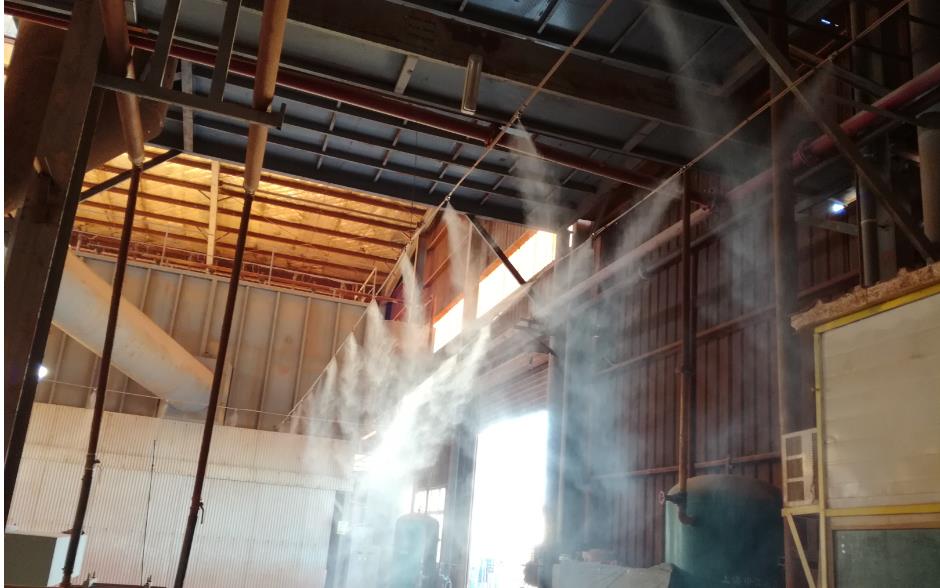The application of atomizing nozzles covers almost all fields. For example, in agricultural production, it can be used to spray pesticides to sterilize lamps; In the field of fire fighting, it can be used for cooling fire fighting; The application in the field of industrial manufacturing is more extensive, and can be used for cooling, humidification, dust removal, spraying and so on. In fact, the shower heads commonly used in our homes are also an application of liquid atomization technology in real life.

With the deepening of research, the atomization technology of liquid is also being enhanced. In addition to the common mechanical atomization methods, there are also electrostatic atomization, ultrasonic atomization, medium atomization and other technologies, and small atomizing nozzles are becoming more and more technical.
In popular terms, atomization is that when the liquid passes through the nozzle, it overcomes the surface tension between the liquid molecules and separates them in a small granular form, thus producing the effect of atomization. The common mechanical atomizing nozzle includes direct injection nozzle, pressure nozzle and rotary atomizing nozzle.
The working principle of the pressure atomization nozzle is that when the liquid is under the action of high pressure, the nozzle is sprayed out at a very high speed into the static or low speed air flow, and the atomization process is different due to the different internal flow structure of the nozzle. A nozzle like a liquid column flow is a direct nozzle; Hollow cone, solid cone, fan nozzles, spiral nozzles and so on are pressure nozzles.
The rotary atomizing nozzle is to supply liquid to the center of the high-speed rotating part driven by the motor (also pneumatic), and the liquid is thrown out to the periphery or hole of the rotating part, so as to produce atomization effect with the help of centrifugal force and gas power. When the liquid flow rate is small and the centrifugal force is greater than the surface tension of the liquid, a small number of large droplets thrown from the edge of the rotary disk will directly split into droplets at this time. When the flow rate and rotational speed increase, the liquid is drawn into a large number of filament-like jets, and the liquid flow is extremely unstable. After leaving the disk edge for a certain distance, the liquid is separated into small droplets due to friction with the surrounding air. When the speed and flow rate increase, the liquid filament is connected into a film, and the liquid film expands outward into a thinner liquid film, and the friction with the surrounding air at a high speed is separated and atomized, and the film is divided into droplets. The atomization effect of the rotary atomizer is better, the atomization flow of a single device is large, and it is widely used in spray drying, desulfurization, waste incineration tail gas treatment.
The medium atomization is to use the speed difference between the low speed liquid and the high speed gas to tear the liquid and achieve the atomization effect. According to different working media, media atomization can be divided into steam atomization and air atomization.


